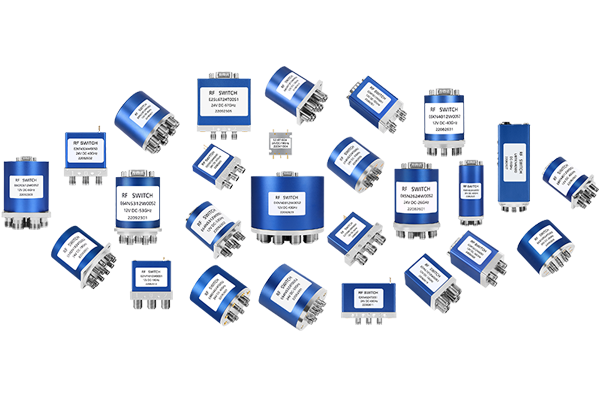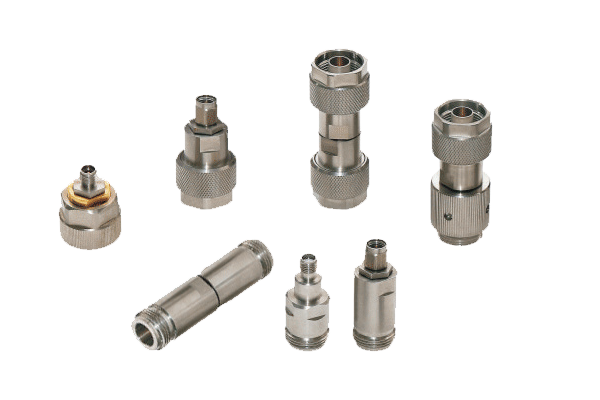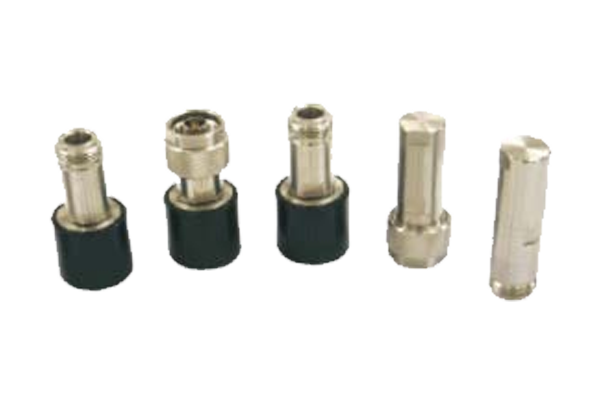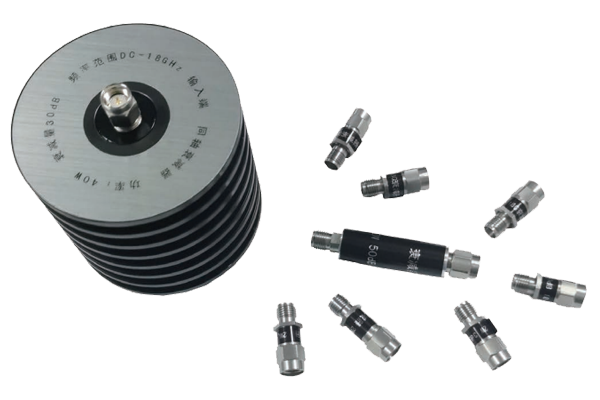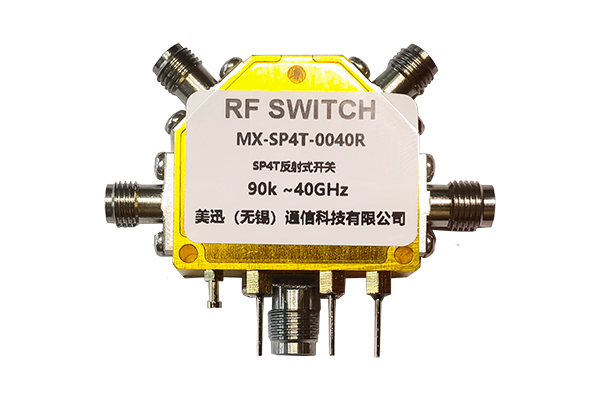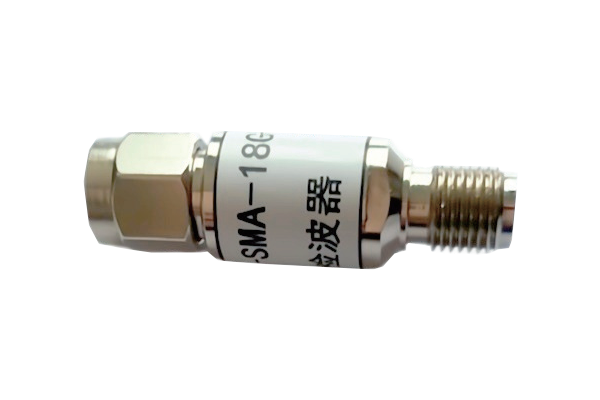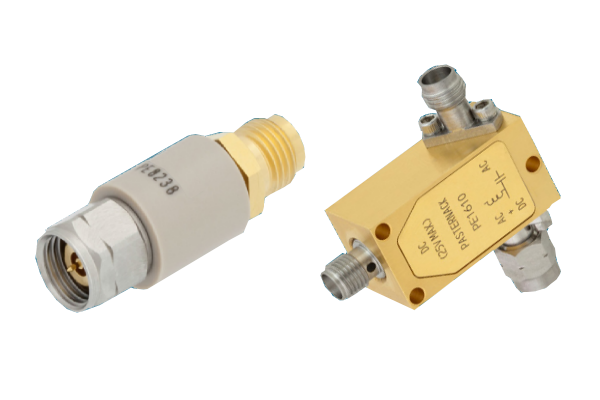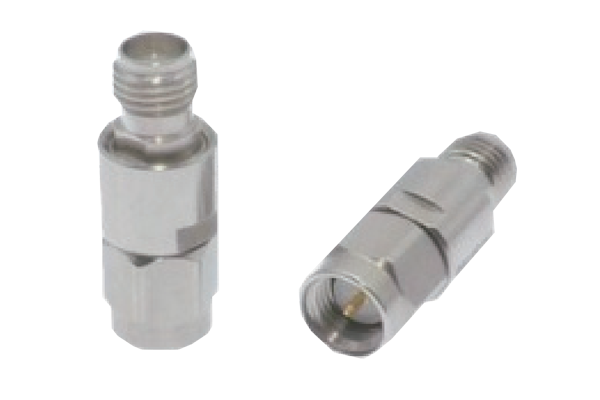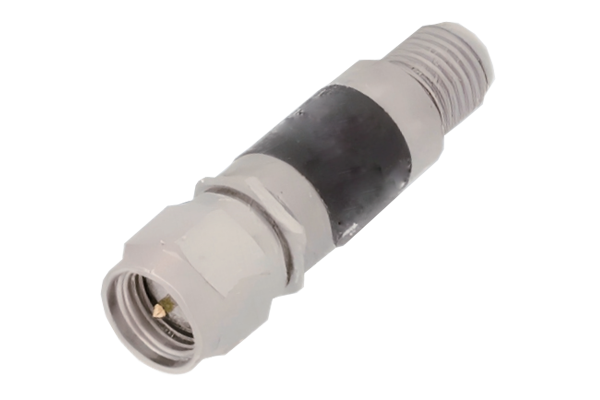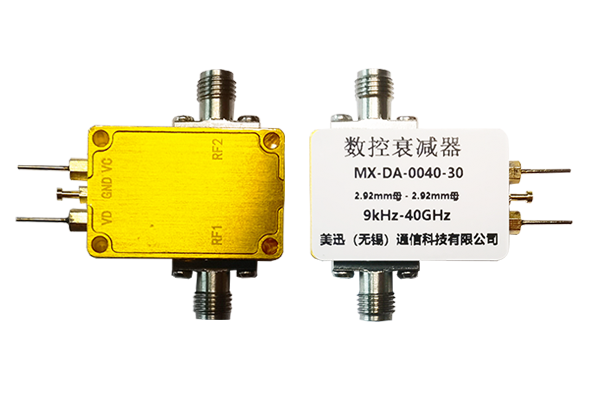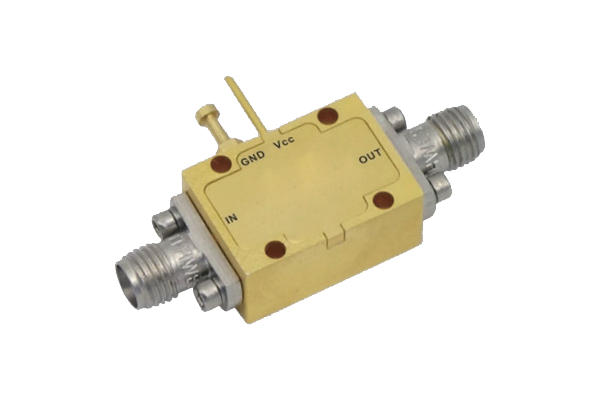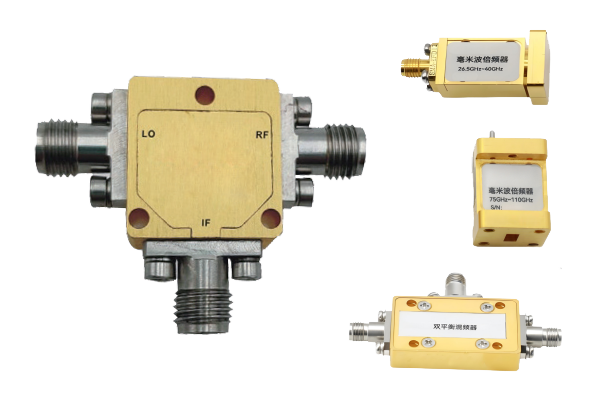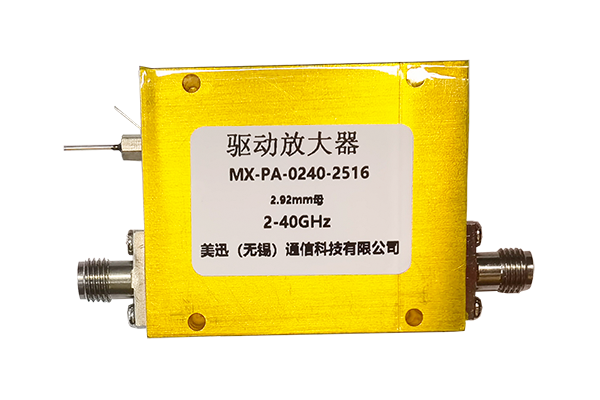How is the temperature stability of a programmable attenuator
Temperature Stability Importance
Temperature stability refers to the ability of a Programmable Attenuator to maintain consistent attenuation performance as ambient temperature changes.
- Plays critical role in applications requiring precise signal control
- Poor stability leads to unpredictable attenuation shifts
- Disrupts accuracy in communication networks, radar setups, and laboratory calibration
Temperature stability is essential for maintaining signal integrity in sensitive applications using Programmable Attenuators.
Factors Affecting Temperature Stability
Several factors influence the temperature stability of Programmable Attenuators, with material properties and design playing key roles.
- Components expand, contract, or alter electrical properties with temperature changes
- Semiconductor materials in active attenuators experience conductivity changes
- Inadequate heat dissipation causes internal temperature fluctuations
- Poor insulation affects stability even in stable ambient conditions
Manufacturer Optimization Strategies
Manufacturers employ various design strategies to enhance temperature stability in Programmable Attenuators.
- Select temperature-resistant materials like high-grade ceramics and stable alloy resistors
- Integrate thermal compensation circuits for automatic parameter adjustment
- Use proper packaging with hermetic seals and thermally insulated enclosures
- Minimize property changes across operational temperature ranges
Advanced design features protect Programmable Attenuator components from extreme or rapid temperature changes.
Practical Application Considerations
Temperature stability requirements vary based on application environment and Programmable Attenuator model specifications.
- Devices for harsh environments have enhanced temperature stability
- Outdoor communication equipment requires higher stability than indoor units
- Select attenuators matched to specific application temperature conditions
- Follow manufacturer guidelines to avoid unnecessary thermal stress
Proper selection and operation of Programmable Attenuators ensures reliable performance in target temperature ranges.



